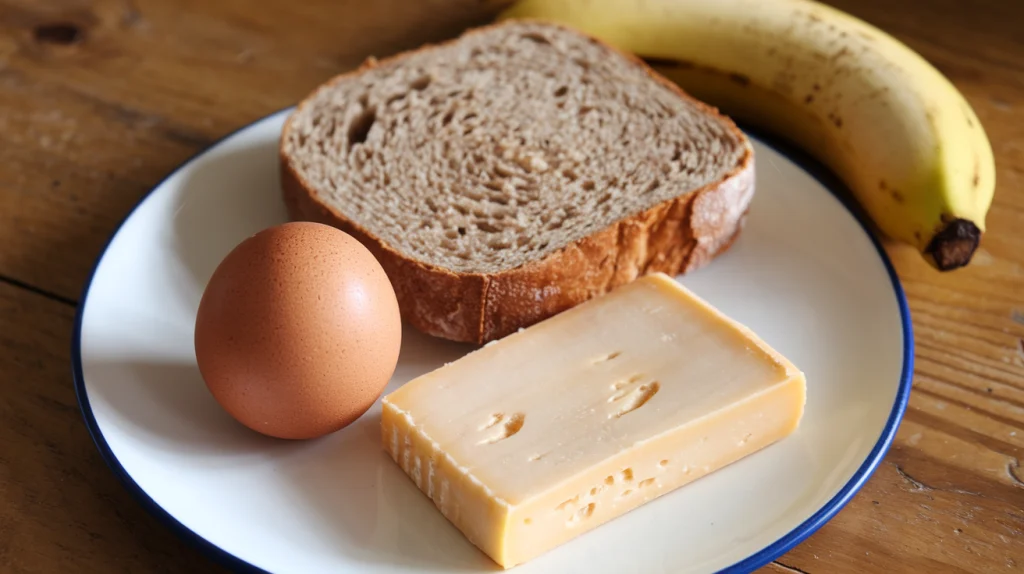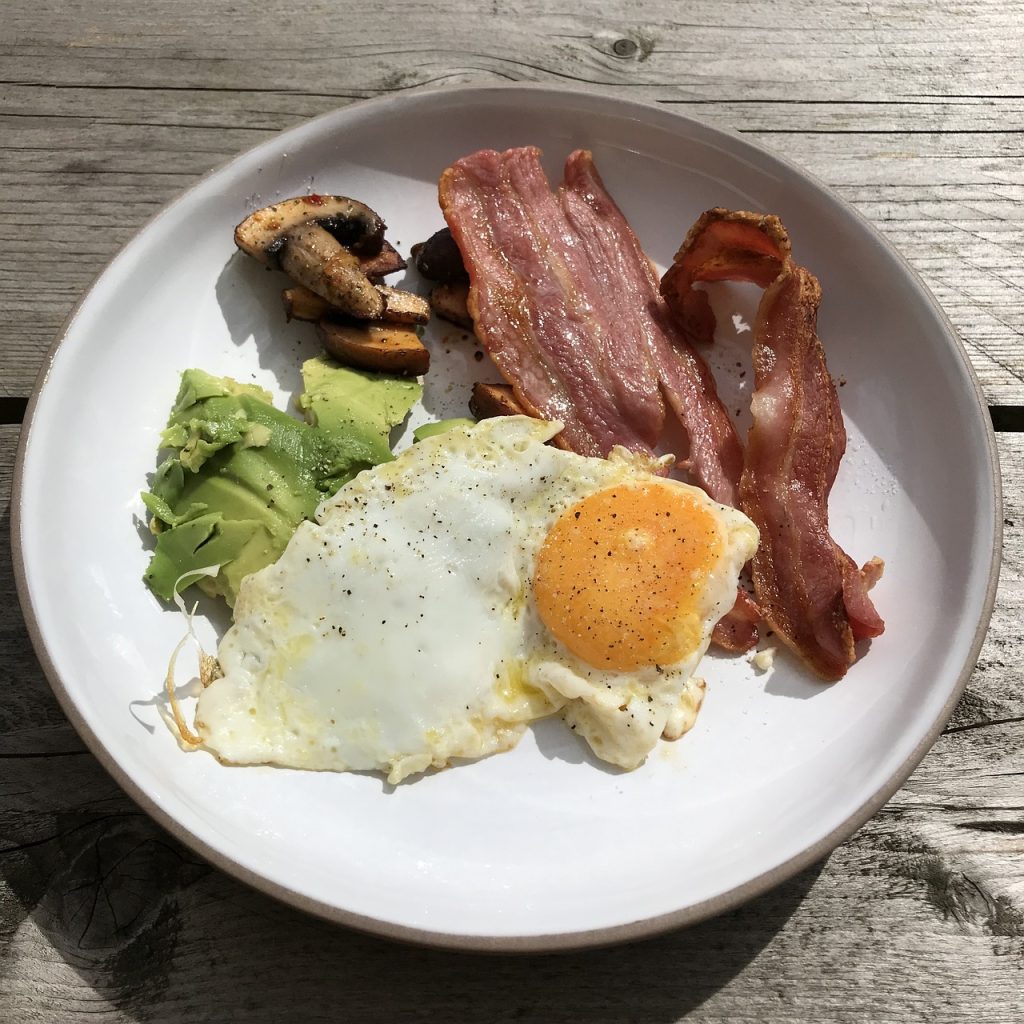Many people wonder what the simplest diet is that they can live on. A straightforward diet not only helps with weight management but can also improve one’s overall health. By focusing on easily accessible foods that provide nourishment without complexity, individuals can lead healthier lives. Below are the key components and benefits of a basic diet that is easy to follow.
The simplest diet often consists of whole, unprocessed foods that are rich in nutrients. Here are some essential components you can incorporate:
- Fruits and Vegetables: Aim for a variety of colorful fruits and vegetables. They are packed with vitamins, minerals, and fiber.
- Whole Grains: Foods like brown rice, quinoa, and whole oats can offer more nutrients than refined grains. They provide energy and keep you feeling fuller for longer.
- Lean Proteins: Foods such as chicken, fish, beans, and lentils are excellent sources of protein without added fats.
- Dairy or Alternatives: Milk, yogurt, and cheese (or plant-based varieties) supply calcium and other important nutrients.
- Healthy Fats: Incorporate sources like avocados, nuts, and olive oil. These fats are essential for heart health.
Implementing these components helps to ensure that your diet remains balanced while still being simple and easy to prepare.
Adopting a minimally complicated diet brings various benefits that can positively influence both physical and mental well-being. Here are some reasons to consider:
- Weight Management: A simple diet helps reduce the chances of overeating. Whole foods are generally lower in calories but higher in nutrients.
- Improved Digestion: Foods high in fiber aid digestion, helping to prevent issues like constipation and bloating.
- Increased Energy: Natural foods provide sustained energy throughout the day. They help maintain stable blood sugar levels.
- Better Mood: Eating fresh whole foods can have a positive impact on mental health. Nutrients like omega-3 fatty acids from fish can improve brain function and mood regulation.
- Simplicity and Convenience: Easy-to-prepare meals save time and effort. This can reduce stress and make meal planning more manageable.
To make the most of a simple diet, planning is critical. Here are a few tips to help you get started:
- Meal Prep: Set aside time each week to prepare meals. This reduces daily cooking time and encourages healthier choices.
- Grocery List: Create a list based on simple ingredients. This will keep you from straying into processed foods while shopping.
- Portion Control: Pay attention to portion sizes. Eating mindfully helps to avoid unnecessary snacking.
- Stay Hydrated: Drink plenty of water. Sometimes thirst can be mistaken for hunger, leading to unnecessary eating.
Transitioning to the simplest diet does not have to be daunting. Start small by replacing processed snacks with fruits or vegetables. Gradually swap out refined grains for whole grains. Don’t forget to listen to your body and make choices that feel good for you. Remember, the goal is to simplify your eating habits, making way for better health.
Living on a simple diet can be effective and beneficial. By focusing on wholesome foods, proper planning, and mindful eating, individuals can enjoy improved health and a better quality of life. A minimalistic approach to nutrition can thrive as long as you prioritize variety and balance while keeping things straightforward. Making healthy changes is within reach and can lead to long-lasting benefits.
Embracing a minimalist dietary approach can simplify your life while meeting your nutritional needs. Many people feel overwhelmed by diet trends and complex meal plans. However, reducing your diet to the essentials doesn’t have to compromise your health.
First, it’s essential to grasp the concept of a minimalist diet. This approach involves focusing on fewer, simpler foods that are nutritious and versatile. Instead of getting caught up in the latest superfoods, consider whole food staples that provide the nutrients your body craves.
When planning a minimalist diet, start with these key food groups:
- Fruits and Vegetables: a variety of colorful fruits and vegetables ensures you receive vital vitamins and minerals. Choose seasonal produce to keep things fresh and diverse.
- Whole Grains: Foods like brown rice, quinoa, and oats are excellent sources of energy and fiber. They can be prepared in various ways to keep meals interesting.
- Proteins: Lean meats, poultry, fish, beans, and legumes are great options for fulfilling your protein needs. You don’t need to eat meat at every meal; plant-based options can also provide adequate nutrition.
- Dairy or Dairy Alternatives: Having yogurt, milk, or cheese can supply calcium and additional protein. Choose low-fat options or fortified plant-based alternatives for a healthy twist.
- Healthy Fats: Incorporate nuts, seeds, avocados, and olive oil for essential fatty acids. These foods help with satiety and overall heart health.
Next, consider meal planning within this framework. Here are some strategies to make your minimalist diet work:
- Batch Cooking: Prepare large portions of meals at once. Cooking in bulk can save time and reduce food waste while ensuring you have nutritious meals ready to go.
- Simple Recipes: Use basic recipes that require minimal ingredients. For example, a stir-fry with veggies and protein can be quick, nutritious, and satisfying.
- Interchanging Ingredients: Don’t be afraid to swap ingredients. For example, if a recipe calls for spinach, kale can work just as well.
- Frozen Foods: Keep frozen fruits and vegetables on hand. They preserve nutrients and can be added to smoothies, soups, or stir-fries with ease.
Another aspect of balancing nutritional needs is mindfulness around portion sizes. Eating according to your hunger signals can prevent overeating and help maintain a healthy weight. Concentrate on eating slowly, savoring each bite, and paying attention to how your body feels.
Hydration also plays a key role in nutrition. Water is essential for overall health. Aim to drink at least eight glasses a day. If plain water is unappealing, consider infusing it with fruits or herbs for flavor without added sugars.
Furthermore, keep yourself informed about your nutritional needs. The Recommended Dietary Allowance (RDA) provides guidelines for the daily intake of various nutrients. Adjust your minimalist diet to ensure it meets these standards. Keeping a food journal can help you track what you consume and understand any gaps in your diet.
Remember to embrace flexibility in your meal choices. A minimalist approach doesn’t mean you can never indulge. If you crave something specific, allow yourself to enjoy it in moderation. Balance is crucial for a sustainable diet. By making thoughtful choices and staying in tune with your body, you can maintain a balanced and nutritious minimalist diet.
Connecting your meals to the season can enhance your eating experience. Seasonal eating not only supports local farmers but also encourages you to try a variety of foods. This practice can inspire creativity in your meal planning and reduce the monotony that sometimes comes with simpler diets.
A minimalist dietary approach focused on balance and simplicity can lead to a healthier lifestyle. By prioritizing whole foods, being mindful about portion sizes, and staying hydrated, you can develop a sustainable diet that fulfills your nutritional needs without complexity.
When considering the simplest diet you can live on, it’s crucial to reflect on the key components that make it both practical and beneficial. A minimalist approach to eating does not mean sacrificing nutrition. In fact, focusing on whole foods like fruits, vegetables, grains, and lean proteins can easily meet your dietary needs. These foods are loaded with essential nutrients that support overall health and wellbeing. It’s about quality over quantity; choosing nutrient-dense options ensures your body receives the vitamins and minerals it requires, even within a simplified eating plan.
Another significant advantage of a minimalist diet is its ease of preparation and consistency. With fewer ingredients, meal planning becomes less daunting. You can create nourishing meals with just a handful of staple foods. This not only saves time in your daily routine but also cuts down on grocery expenses. By sticking to a basic menu, you also minimize decision fatigue, allowing you to enjoy your meals without the stress of complicated recipes.
Balancing nutritional needs is vital, especially when adhering to a minimalist diet. It’s essential to include a variety of food groups to obtain a spectrum of nutrients. For instance, pairing whole grains with vegetables can create a satisfying meal that keeps you full and energized. Adding protein sources, such as beans or chicken, enhances the meal’s nutritional value, ensuring you receive enough fats, carbohydrates, and proteins without overcomplicating your diet.
Moreover, this approach can lead to greater mindfulness around food. By simplifying your diet, you can develop a deeper appreciation for the flavors and textures of natural foods. Instead of mindlessly eating, you focus on what you consume, fostering a healthier relationship with your meals.
Ultimately, the simplest diet you can live on is one that emphasizes whole foods while balancing nutritional needs. This minimalist approach not only supports a healthier lifestyle but also encourages a more enjoyable and stress-free eating experience. Adopting such a diet can lead to lasting changes in your health and wellbeing, allowing you to thrive while enjoying the simplicity of nourishing your body.


